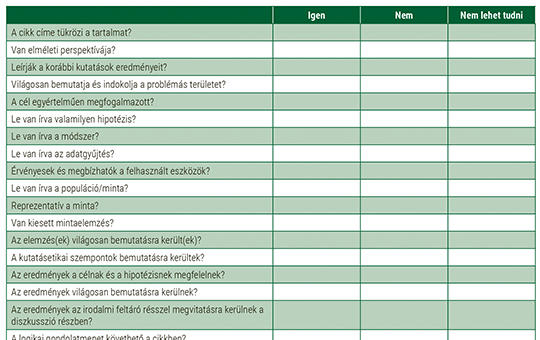[Correlations of Sarcopenia, Frailty, Falls and Social Isolation – A Literature Review in the Light of Swedish Statistics]
STALLER Judit 1
OCTOBER 30, 2023
Journal of Nursing Theory and Practice - 2023;36(5)
DOI: https://doi.org/10.55608/nover.36.0023
Review




